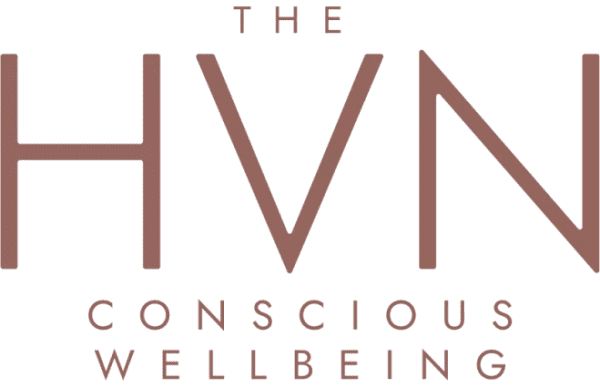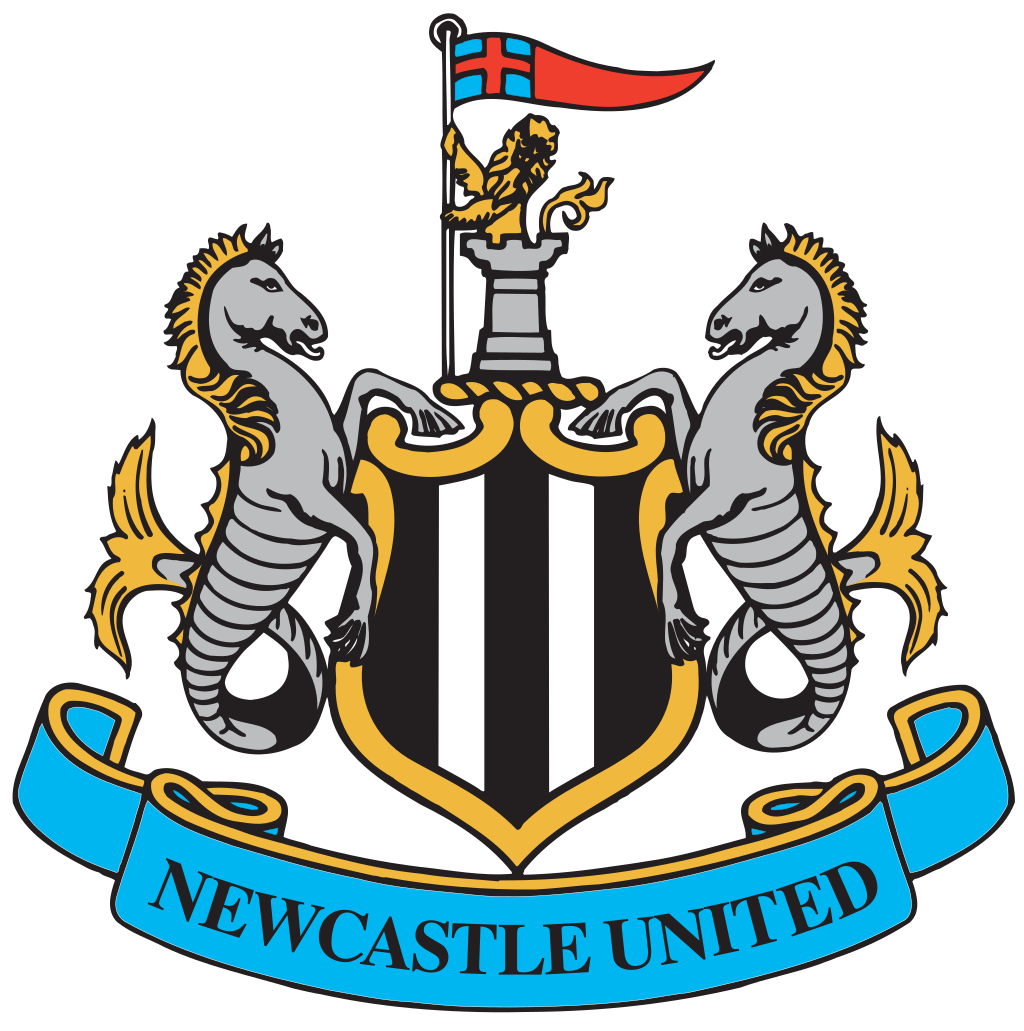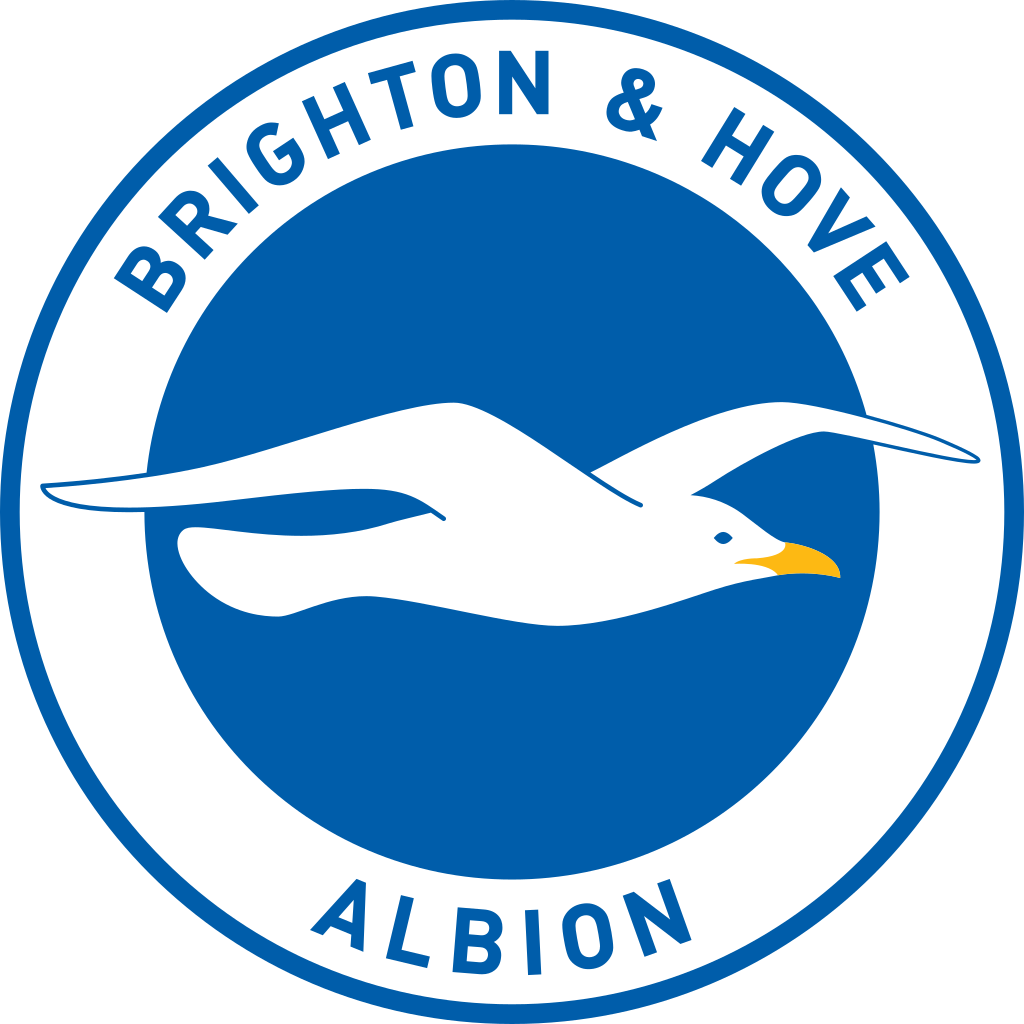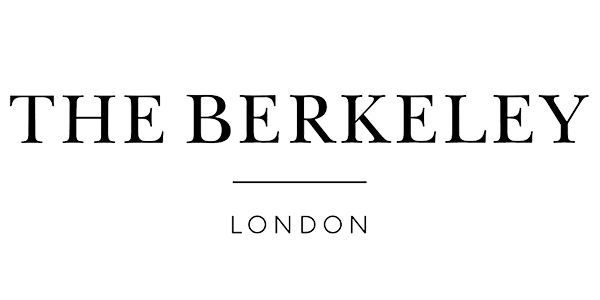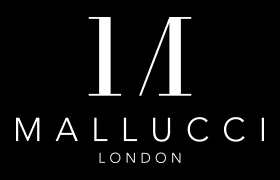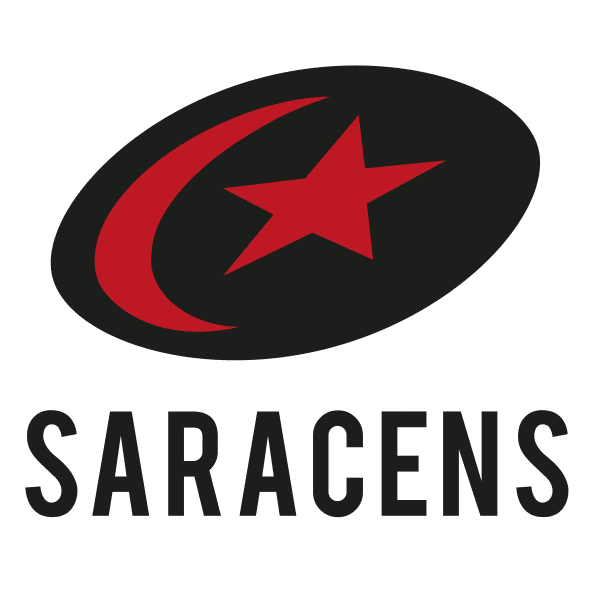Frequently asked questions
Although the concept of Hyperbaric Oxygen Therapy is not new, it’s only in recent times that it has come into the public arena.
Like all emerging technologies, there are many questions that your clients may raise with you. You’ll find the most common questions answered here, but don’t forget you can speak to one of our knowledgeable team members by calling 0203 326 2644 or emailing info@HenshawHyperbarics.co.uk
Your questions answered…
-
What is Hyperbaric Oxygen Therapy?
Hyperbaric Oxygen Therapy (HBOT) is a painless and non-invasive oxygen therapy that involves the administration of oxygen at a higher-than-normal pressure.
-
What happens during a HBOT session?
There are several stages during a typical therapy.
- The first stage is compression in which the chamber is pressurised to the prescribed pressure
- You may feel warm for a few minutes at the start of therapy
- You may feel a slight pressure in your ears or sinuses during the session
- The chamber is maintained at this pressure (depth) while you breathe in the oxygen for the length of time prescribed in your programme (60-90 minutes) as much as 120 minutes if required.
- You may feel sleepy during the therapy
- The chamber is then depressurised, and the therapy is finished
- You may feel cool and slightly tired at the end of the therapy
-
What does Hyperbaric Oxygen Therapy feel like?
As HBOT is a pressurised air therapy, the start and end of your therapy may feel like the take-off or landing of an aeroplane. As the pressure builds in the chamber, the pressure builds within your ears, which may leave you with a popping or fullness sensation. Ears are easily equalised, and your supplier can instruct you in this regard. This sensation only affects some people and should only last 10-15 minutes at most.
-
Is Hyperbaric Oxygen Therapy safe?
Hyperbaric Oxygen Therapy is an extremely safe, non-invasive therapy, with very few rare potential side effects.
It’s important to choose a HBOT chamber with built-in safety devices to ensure that risk is minimised and that your safety and wellbeing are a priority.
HBOT is made even safer when you have a comprehensive training program supplied as part of your purchase. Ensure your supplier can offer this.
-
Do clients need a doctor’s referral?
No, but we advise that you offer a safety screening service to ensure it is safe for them to undergo therapy.
-
Do I need to be medically trained to run a HBOT business?
No, as long as you are trained and competent in running the chamber, you do not need to be a registered Hyperbaric Doctor. Look for a supplier that can supply you with the necessary charting, history and administrative forms.
-
What are the side effects?
The pressure used in most Hyperbaric Oxygen Therapy chambers, outside of a clinical setting, is mild, and therefore any side effects are extremely rare. However, it is common to feel slightly tired following a HBOT session.
Some people may feel pressure within their ears, this can be managed by pressurising more slowly, your provider can help you with techniques to manage this with your clients.
-
Can clients overdose on Hyperbaric Oxygen Therapy?
It is virtually impossible to achieve either chronic or acute pulmonary oxygen toxicity at the pressures used in our chambers. However, caution is advised, and oxygen toxicity should form part of the training as a precaution. It is recommended that you spend no longer than 2 hours maximum in a chamber session. The average is 1 hour at pressure.
-
Will clients feel claustrophobic?
Some people do feel claustrophobic during therapy however most chambers have several viewing windows that have been designed to help prevent feelings of claustrophobia and allow as much light into the chamber as possible. A good supplier will be able to advise you on the best model for you to feel comfortable.
-
How long is each session?
A typical therapy lasts 60 minutes but may be longer depending on the individual’s personal condition and needs.
You should discuss this with each client at their initial assessment.
-
How high is the pressure?
In a soft-shell chamber, different levels of pressure can be used depending on the need of the individual. However, typically the pressure is up to 1.5 ATA. A hard-shell chamber may offer higher pressures of up to around 2 ATA.
We wouldn’t recommend a higher-pressure chamber outside of a clinical setting for safety reasons, but also because pressures higher than 2 ATA are not necessary for everyday use.
-
How much therapy will clients need to see any results?
The ‘40-hour protocol’ is considered by experts as the gold standard for many of the benefits that can be achieved with Hyperbaric Oxygen Therapy. But everyone is different, so each client should have a therapy programme personalised to their needs.
In the same essence, results will inevitably vary depending on their personal programme, situation, and needs. Some people will see immediate benefits, whereas others may not see any benefits until after their therapy series is complete.
-
Can a Hyperbaric Oxygen Therapy chamber be set up anywhere?
Essentially, yes. soft-shell HBOT chambers can be set up where it is most convenient. However, it is important to note that they should not be located near solvents, chemicals, or other flammable substances including liquids, powders, gels, or creams, or in the vicinity of a furnace or boiler.
Remember that the quality of the air inside the chamber is the product of the air on the outside.
-
Does the chamber get hot?
Some people find the chamber can get warm.
Most good-quality HBOT chambers are fitted with air cooling systems which can be adjusted to ensure that the atmosphere inside remains comfortable throughout the therapy session.
It is recommended to have the chamber in a well-ventilated or air-conditioned room.
-
Do your Chambers Support Targeted Hyperbaric Therapy (tHBOT)?
Targeted Hyperbaric Therapy combines all the healing and rejuvenating benefits of ‘traditional’ hyperbaric therapy with the combination of Low-Level Light Therapy (LLLT). Both are proven stand-alone therapies, however, when combined inside the chamber, they offer a targeted greater penetration of healing.
Documented studies confirm that LLLT has the effect of producing Nitric Oxide, the body’s natural ‘vasodilator.’ In turn, this increases blood flow to that area which also builds up the Oxygen supply. When you combine these beneficial effects in a hyperbaric chamber, it results in a targeted hyperbaric effect, delivering greater levels of Oxygen and penetration of healing to the localized area where the light pad is placed.
If you have questions not covered here in our Henshaw FAQS page, or would like to talk to us about your needs and how our chambers can help, please do get in touch with one of our Business Support Team.
You can call us on 0203 326 2644 or send us a message via our business enquiries contact form.





